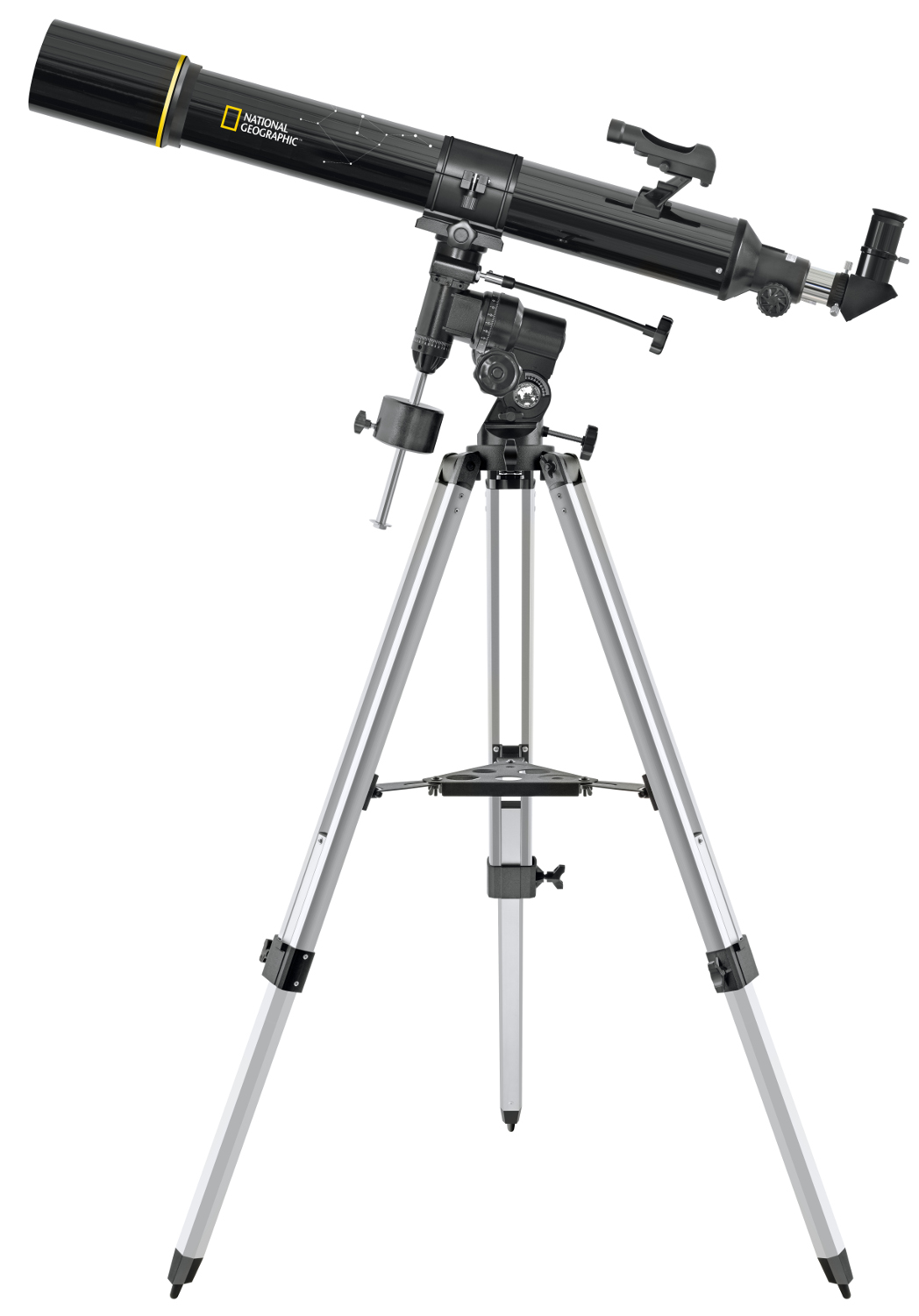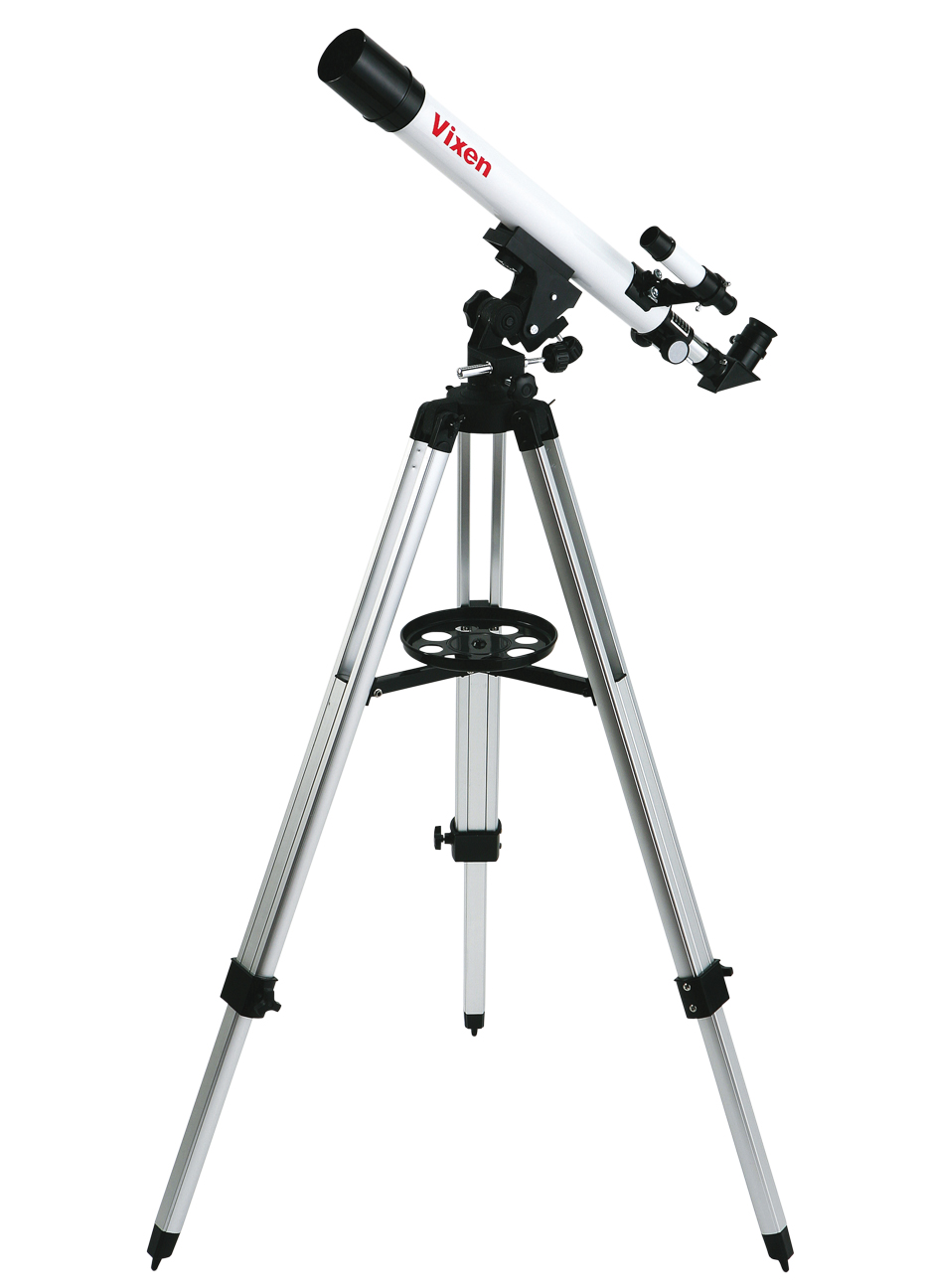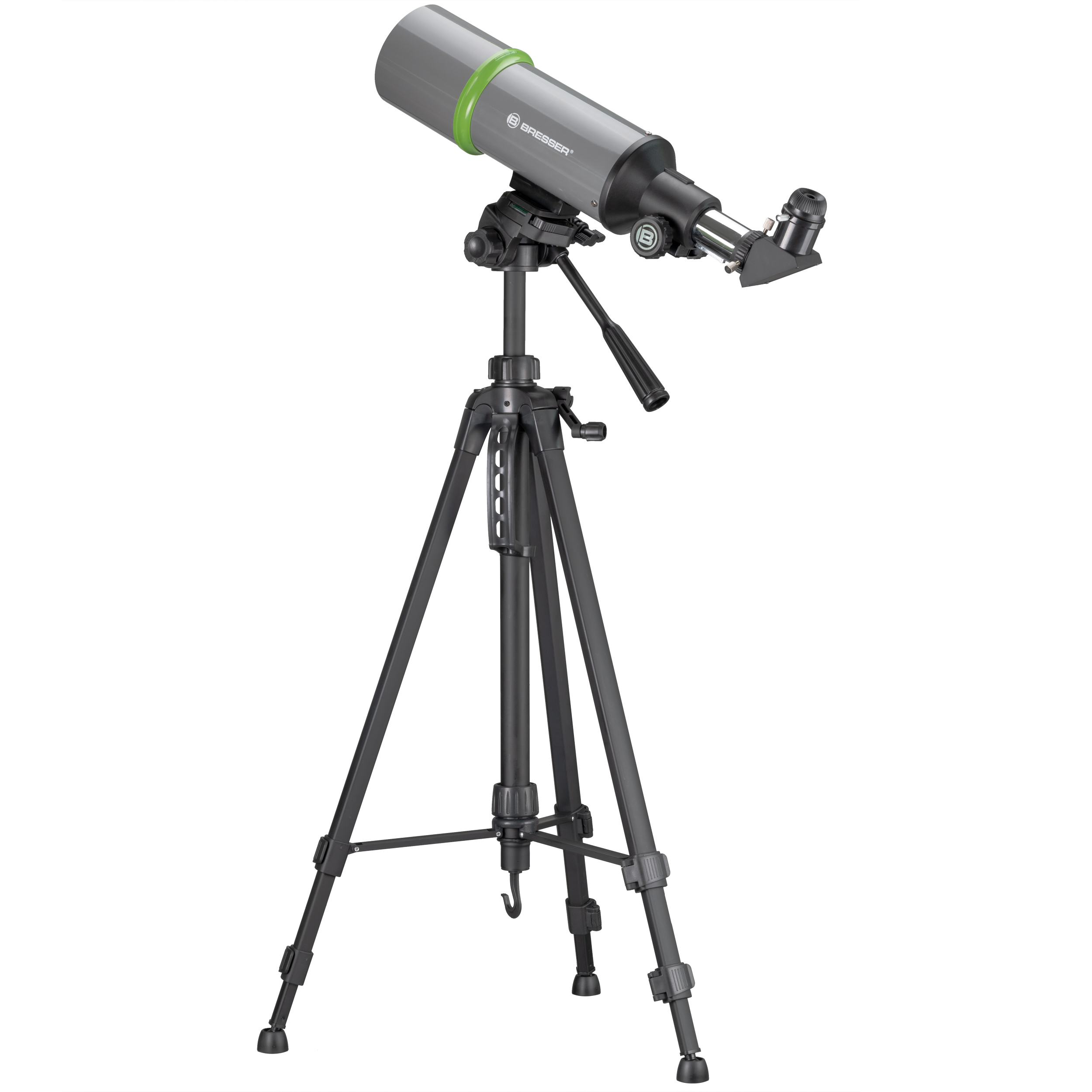
Embarking on Your Cosmic Journey with BRESSER Astronomy Equipment
As you gaze up at the night sky, an endless tapestry of cosmic wonders, our astronomy equipment will help you unravel the mysteries of the universe. Whether you are a beginner, an advanced amateur or a specialist, you will surely find the astronomical devices and accessories you need.
After all, BRESSER has been offering high quality optics since 1957. So, we know very well that the right telescope, binoculars and astronomy accessories are your keys to unlocking the celestial wonders. However, especially for beginners the choices can be overwhelming. That’s why we’ve answered the most frequently asked questions on this topic below.
Telescopes
What Makes a Good Astronomical Telescope?
A good astronomical telescope is not just a tool, but a gateway to the stars. To ensure you have the best experience, consider the following aspects before you settle on a particular model:- Aperture Size: The aperture of a telescope is essentially its light-gathering lens or mirror. The larger the aperture, the more light it gathers, allowing you to see fainter celestial objects and revealing more details in those objects. However, a larger aperture usually means a larger, heavier telescope, which can impact portability and may require a more robust mount.
- Focal Length: The focal length of a telescope influences its magnification potential. A telescope with a longer focal length can achieve higher magnification, making distant objects appear closer. However, high magnification can narrow your field of view and may require more precise tracking and stability. Balancing magnification with clarity and a comfortable field of view is essential for a rewarding viewing experience.
- Optical Quality: The quality of the optics, including lenses and mirrors, determines the clarity and sharpness of the image. High-quality optics provide crisp, clear images with minimal distortion, allowing for more detailed and enjoyable observations.
- Portability: If you're planning to observe from different locations or travel with your telescope, consider its size and weight. A portable telescope is easier to set up and transport, but may have limitations in aperture size and stability compared to larger, stationary models.
Which Telescopes are Best for Beginners?
For those starting their astronomical journey, selecting the right telescope is crucial. Telescopes for beginners should be user-friendly, cost-effective, versatile, and come with features that enhance the learning experience. Here are a few types that shine in these aspects:- Dobsonian Telescopes: Known for their excellent value, Dobsonians provide stunning views of deep-sky objects like galaxies and nebulae. They are also incredibly easy to use, featuring simple yet effective designs that are perfect for beginners.
- Telescopes with Intuitive or Automatic Mounts: Telescopes with azimuthal mounts are intuitive to operate and thus perfect for your first steps in astronomy. As opposed to equatorial mounts, you don’t have to align one axis parallel to the Earth’s axis. For a fully automatic journey to the stars, GoTo telescopes are a great choice. They navigate autonomously to the celestial objects you wish to see.
- Telescope Kits with a Variety of Accessories: Beginners benefit from telescopes that come with different accessories, such as various eyepieces and filters. This allows you to experiment and try out different aspects of astronomy.
Which telescope is better: a refractor or reflector telescope?
When comparing refractor and reflector telescopes, each type has its unique advantages and disadvantages. Here is a summary of these key points:| Feature | Refractor Telescope | Reflector Telescope |
|---|---|---|
| Optical System | Uses lenses | Uses mirrors instead of lenses, thus no chromatic aberration |
| Image Quality | No obstruction in light path, offers more light and contrast | Light is obstructed by the secondary mirror, which can affect image brightness and contrast |
| Aperture | Larger apertures are more expensive and less common in mass production | Larger apertures available at a lower cost |
| Cost | Generally more expensive for the same aperture size | More cost-effective for larger apertures |
Which telescope is used to see planets?
When it comes to observing the magnificent details of planets, the choice of telescope matters significantly. High-resolution telescopes, particularly refractor models, are renowned for their ability to deliver crisp, high-contrast images, making them ideal for planetary viewing. These telescopes bring the planets into sharp focus, revealing intricate details like Jupiter’s bands or Saturn’s rings. Additionally, telescopes with a higher focal length are preferred for this purpose as they provide the necessary magnification to observe planets in detail. Whether you’re gazing at Mars’ red surface or Venus’ cloud patterns, the right telescope can turn these distant worlds into a breathtaking backyard spectacle.Are Telescopes better than Binoculars?
When deciding between telescopes and binoculars for stargazing, it’s important to consider their unique features and how they align with your observational preferences. Here‘s a comparison to guide you:| Feature | Telescope | Binoculars |
|---|---|---|
| Magnification | Higher magnification for detailed, close-up views | Lower magnification, suitable for wide-field viewing |
| Aperture | Larger aperture, ideal for observing distant celestial objects | Smaller aperture, limits the visibility of faint objects |
| Suitability | Best for serious astronomical observations and detailed study | Great for casual sky watching, like scanning constellations or meteor showers |
| Portability | Generally less portable, requires setup | Highly portable, easy to carry and use spontaneously |
Can telescopes be used during the day?
Absolutely, telescopes are not just limited to nighttime stargazing; they can also provide a fascinating glimpse into the daytime sky. With the right equipment, telescopes can safely be used for solar observation, allowing you to explore sunspots, solar flares, and other solar phenomena. BRESSER UK offers a superb range of specialized solar telescopes by LUNT SOLAR SYSTEMS, which are specifically designed for this purpose. These telescopes come equipped with the necessary filters to protect your eyes and ensure a safe viewing experience. For beginners interested in daytime astronomical activities, there are aperture filters available that can be attached to regular telescopes.Note: Observing the sun without proper protection can result in severe eye damage or even blindness. Never look at the sun through a regular telescope or binoculars without using a special, safe solar filter!
While astronomical telescopes are primarily designed for stargazing, refracting telescopes can be adeptly used for terrestrial viewing by day, such as bird watching and nature observation. Since typically, telescopes produce an upside-down image, you'll need an erecting lens or an Amici prism for these activities.
























